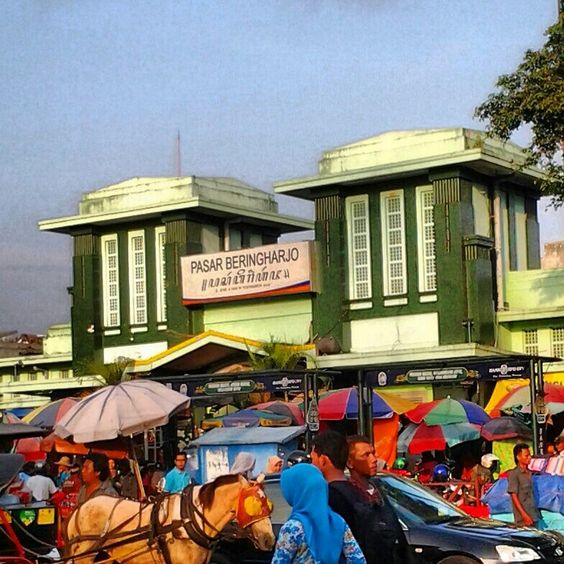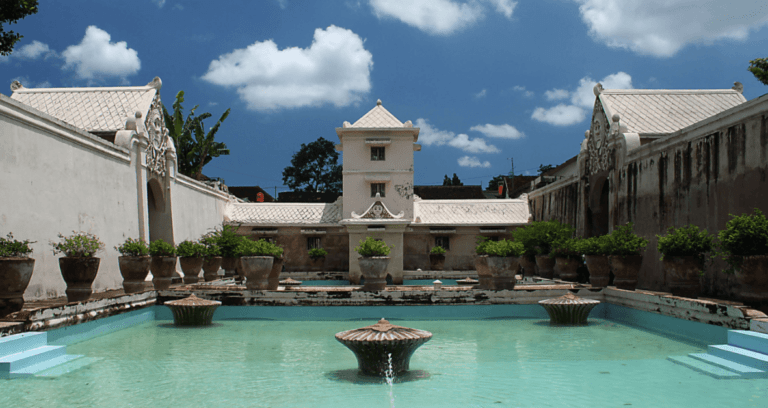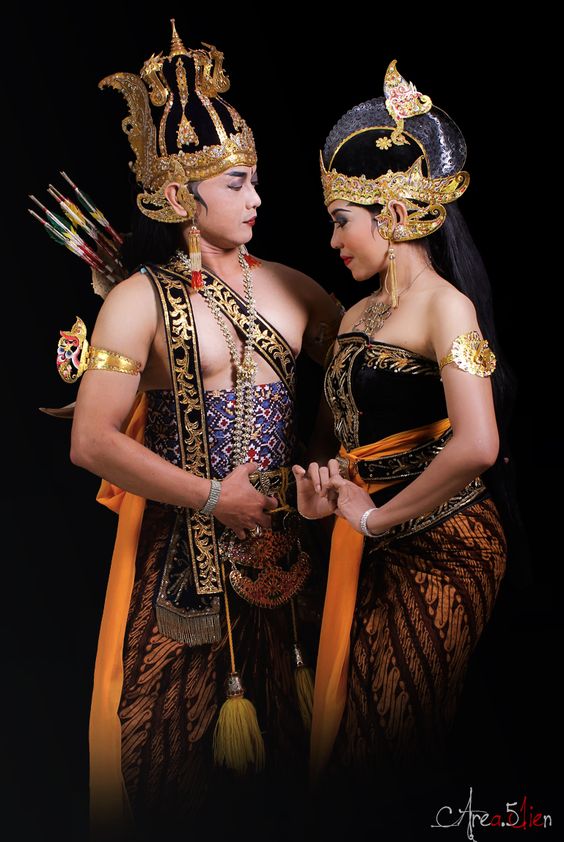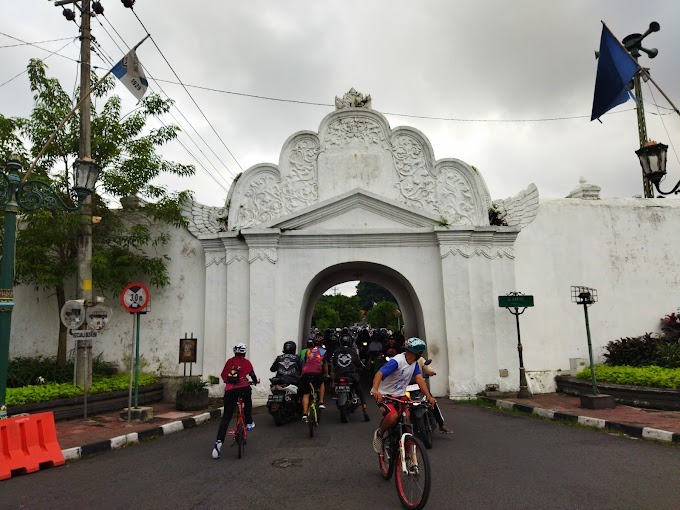The Gedhe Kauman Mosque is one of the most important historical and cultural icons in Yogyakarta, Indonesia. Apart from being a place of worship, this mosque is also a silent witness to the long journey of the sultanate and Islamic civilization in Central Java. In this article, we will explore the long history of Yogyakarta’s Gedhe Kauman Mosque, from its founding to its important role in Javanese society and culture.
The Beginning and Establishment of the Gedhe Kauman Mosque
Gedhe Kauman Mosque, also known as the Grand Mosque of Yogyakarta Palace, has a rich history spanning more than two centuries. This mosque was built during the reign of Sri Sultan Hamengkubuwono I, the founder of the Yogyakarta Sultanate. Construction of this mosque began in 1773 and was completed in 1775. This mosque building was designed with magnificent classical Javanese architecture and reflected the splendor of Javanese culture at that time.
Initially, the Gedhe Kauman Mosque was built to be a place of worship for the royal family and palace circles. However, as time went by, this mosque was also open to the public and became the center of religious and cultural activities in Yogyakarta. This mosque has two towers, known as “Menara Kyai Garudayaksa” and “Menara Kyai Kamulyan,” which are characteristic of the architecture of this mosque.
The Magnificent Architecture of the Gedhe Kauman Mosque

The architecture of the Gedhe Kauman Mosque reflects the beauty and splendor of Javanese architectural art. This mosque has three courtyards or porches, with the central courtyard being larger than the others. The walls of this mosque are decorated with intricate wood carvings and beautiful traditional Javanese ornaments.
One of the most striking features of this mosque’s architecture is its majestic dome. The dome is decorated with a distinctive lotus flower motif, which is a symbol of beauty and purity in Islam. This dome is made of red brick and gives the impression of stunning splendor when viewed from inside and outside the mosque.
The Role of the Gedhe Kauman Mosque in Community Life

For more than two centuries since its founding, the Gedhe Kauman Mosque has played an important role in the lives of the people of Yogyakarta. Some of his main roles are as follows:
- Place of Worship and Religious Education: The Gedhe Kauman Mosque remains the main place of worship for Muslims in Yogyakarta. Apart from that, this mosque is also used as a place for teaching Islam and various other religious activities.
- Center for Cultural Wisdom: This mosque is not only a place of worship, but also a center for Javanese cultural activities. Various traditional art performances such as wayang kulit, Javanese dance and gamelan are often held within the mosque complex. This helps preserve rich Javanese art and culture.
- Meeting and Discussion Room: The Gedhe Kauman Mosque is also used as a meeting and discussion place for the local community. Many social and cultural events are held here, such as weddings, religious studies and community meetings.
- Tourism and Education: This mosque is an important tourist attraction in Yogyakarta. Tourists from all over the world come to admire the architectural beauty of this mosque and understand Javanese history and culture. Apart from that, this mosque is often visited by pupils and students as part of learning about Indonesian history and culture.
The Importance of the Gedhe Kauman Mosque in Javanese Culture
The Gedhe Kauman Mosque is an important symbol of Javanese cultural identity. For centuries, this mosque has been a center of Javanese culture that maintains Javanese traditions and values. Here are some reasons why this mosque is so important in Javanese culture:
- Preserving the Javanese Language: Gedhe Kauman Mosque is a place where the classical Javanese language lives on. Friday sermons and religious teachings at this mosque are usually conducted in classical Javanese. This helps maintain and preserve the rich Javanese language.
- Traditional Performing Arts: As a center for traditional arts activities, this mosque supports performing arts such as wayang kulit, Javanese dance and gamelan. This is an important place to preserve traditional Javanese arts that have existed for centuries.
- Javanese Wedding Traditions: The Gedhe Kauman Mosque is often used as a venue for traditional Javanese wedding ceremonies. This wedding ceremony includes various Javanese traditions and customs that have been passed down from generation to generation.
- Social and Cultural Life: This mosque is also the center of the social and cultural life of the Javanese people. Community meetings, religious discussions, and other social events are often held at this mosque.
Yogyakarta’s Gedhe Kauman Mosque is one of the most important historical and cultural sites in Indonesia. Since its founding in the 18th century, this mosque has played a key role in the lives of the people of Yogyakarta and in the preservation of rich Javanese culture. With its majestic architecture, religious role, and deep presence in Javanese culture, the Gedhe Kauman Mosque is an important monument that preserves an invaluable cultural heritage for present and future generations. If you visit Yogyakarta, don’t miss the opportunity to explore the beauty and history contained within the walls of this great mosque.
Beauty and Uniqueness: Characteristics of the Gedhe Kauman Mosque, Yogyakarta

Yogyakarta’s Gedhe Kauman Mosque is one of Indonesia’s fascinating cultural and historical beacons. Located in the middle of the bustling city of Yogyakarta, this mosque is not only a place of worship, but also a beautiful work of architectural art and a vibrant center of Javanese culture. In this article, we will explore some of the characteristics that make the Gedhe Kauman Mosque so special and important in Indonesia’s cultural heritage.
-
Magnificent architecture that reflects the greatness of Java
One of the most striking characteristics of the Gedhe Kauman Mosque is its magnificent and elegant architecture. Built in 1773 under the reign of Sri Sultan Hamengkubuwono I, this mosque combines spectacular elements of classical Javanese architecture. The mosque’s dome is one of the most striking, with an intricate lotus flower design, which creates a truly stunning appearance.
The Gedhe Kauman Mosque has three large courtyards or porches, with a central courtyard that is larger than the others. The walls of this mosque are decorated with beautiful wooden carvings and traditional Javanese ornaments. This magnificent building is a perfect example of beautiful and sophisticated Javanese architectural art.
-
Awesome Towers
The Gedhe Kauman Mosque has two towers that stand out majestically on both sides of the main building. This tower, known as the “Kyai Garudayaksa Tower” and the “Kyai Kamulyan Tower,” is one of the most recognizable features of the mosque. Both towers have a graceful design, with layers of beautiful stacked red bricks.
These towers are not only architectural elements, but also serve an important function. They are used as a place for the adhan (call to prayer) and also as a symbol of the greatness of Islam among Javanese society.
-
Classical Javanese

Another characteristic of the Gedhe Kauman Mosque is the use of classical Javanese in Friday sermons and religious teachings. Classical Javanese is a rich language and has deep cultural value. Its use in a religious context in this mosque is an effort to maintain and preserve the beautiful classical Javanese language.
Classical Javanese language also creates a distinctive atmosphere and provides a unique worship experience for the congregation. This is a clear example of how the Gedhe Kauman Mosque combines religious elements with Javanese culture.
-
Javanese Cultural Wisdom Center
The Gedhe Kauman Mosque is not only a place of worship, but also an important Javanese cultural center. This place is often used as a stage for various traditional Javanese arts performances, such as wayang kulit, Javanese dance and gamelan music. These performances help preserve traditional arts that have existed for centuries.
Apart from that, this mosque is also a venue for various cultural events, such as traditional Javanese wedding ceremonies. It includes various customs that have been passed down from generation to generation and are still practiced today.
-
Tourist and Educational Attraction
The Gedhe Kauman Mosque is one of the most important tourist attractions in Yogyakarta. Tourists from all over the world come to admire the architectural beauty of this mosque and understand its history and culture Java. Visitors can take a guided tour to find out more about the history and significance of this mosque.
This mosque also has a rich library with a collection of Arabic and Javanese books. This library is an important source of knowledge and research about Islam and Javanese culture.
Yogyakarta’s Gedhe Kauman Mosque is one of the most important historical and cultural sites in Indonesia. With its majestic architecture, religious role, and deep presence in Javanese culture, the Gedhe Kauman Mosque is an important monument that preserves an invaluable cultural heritage for present and future generations. If you visit Yogyakarta, don’t miss the opportunity to explore the beauty and history contained within the walls of this great mosque.





